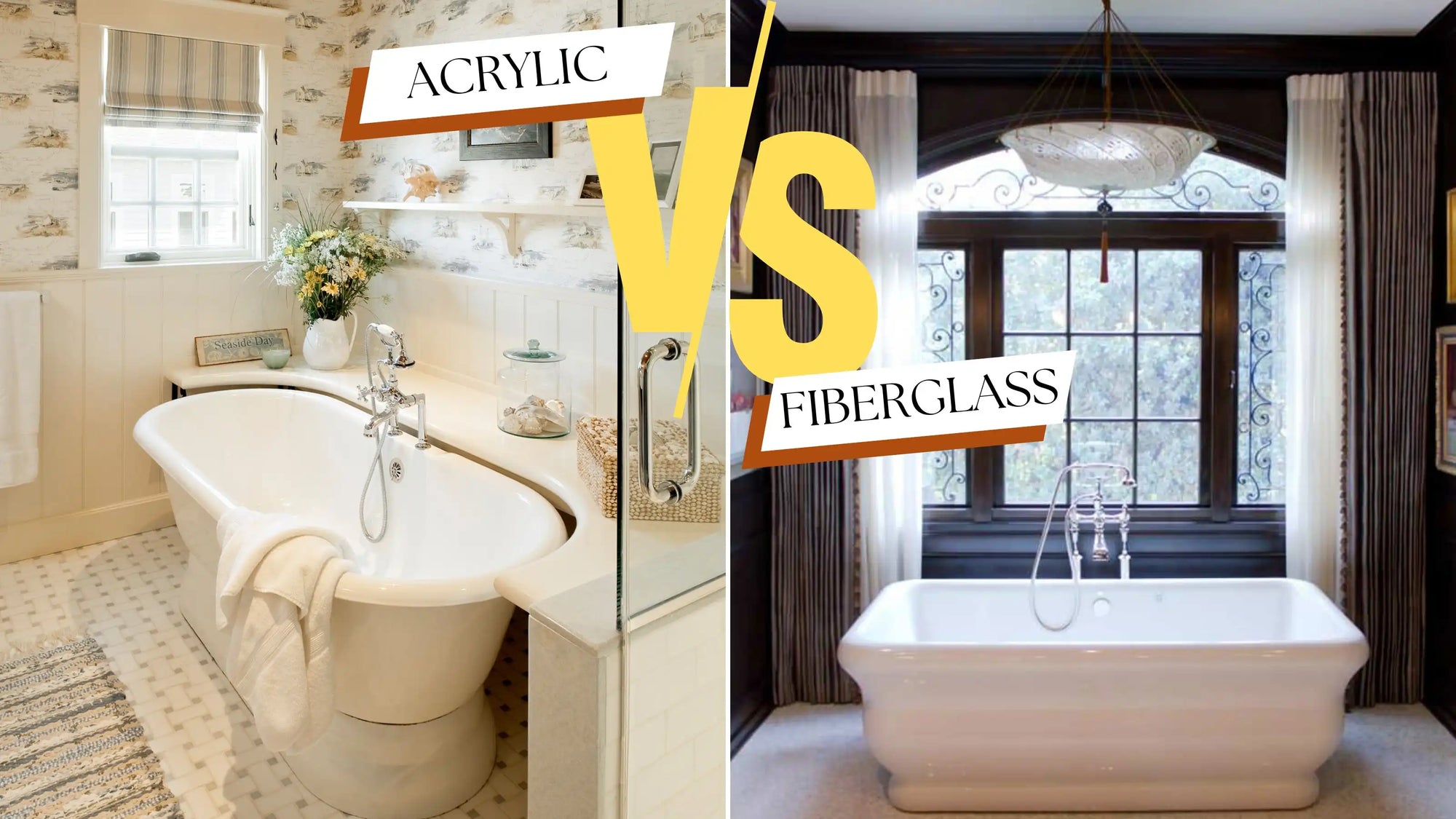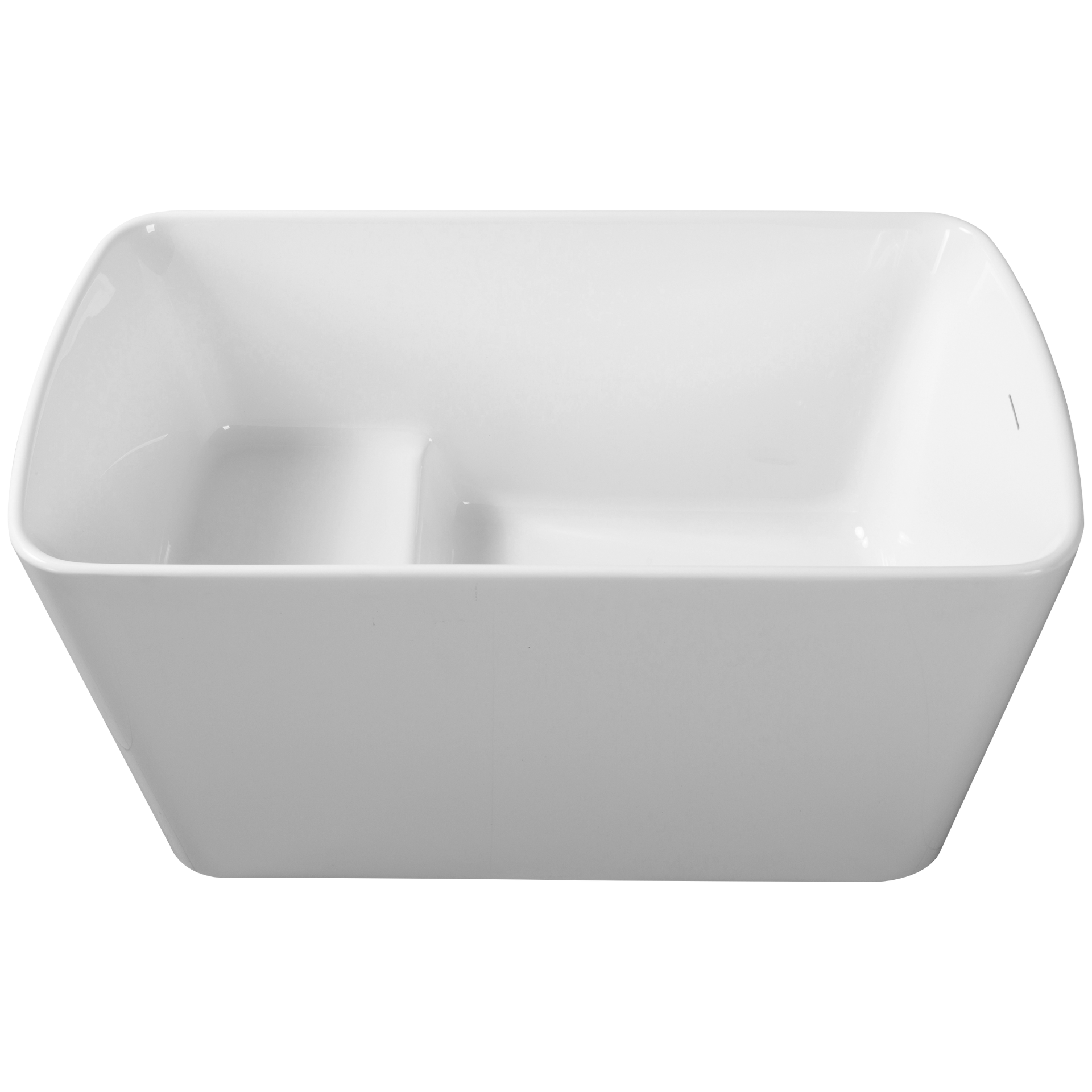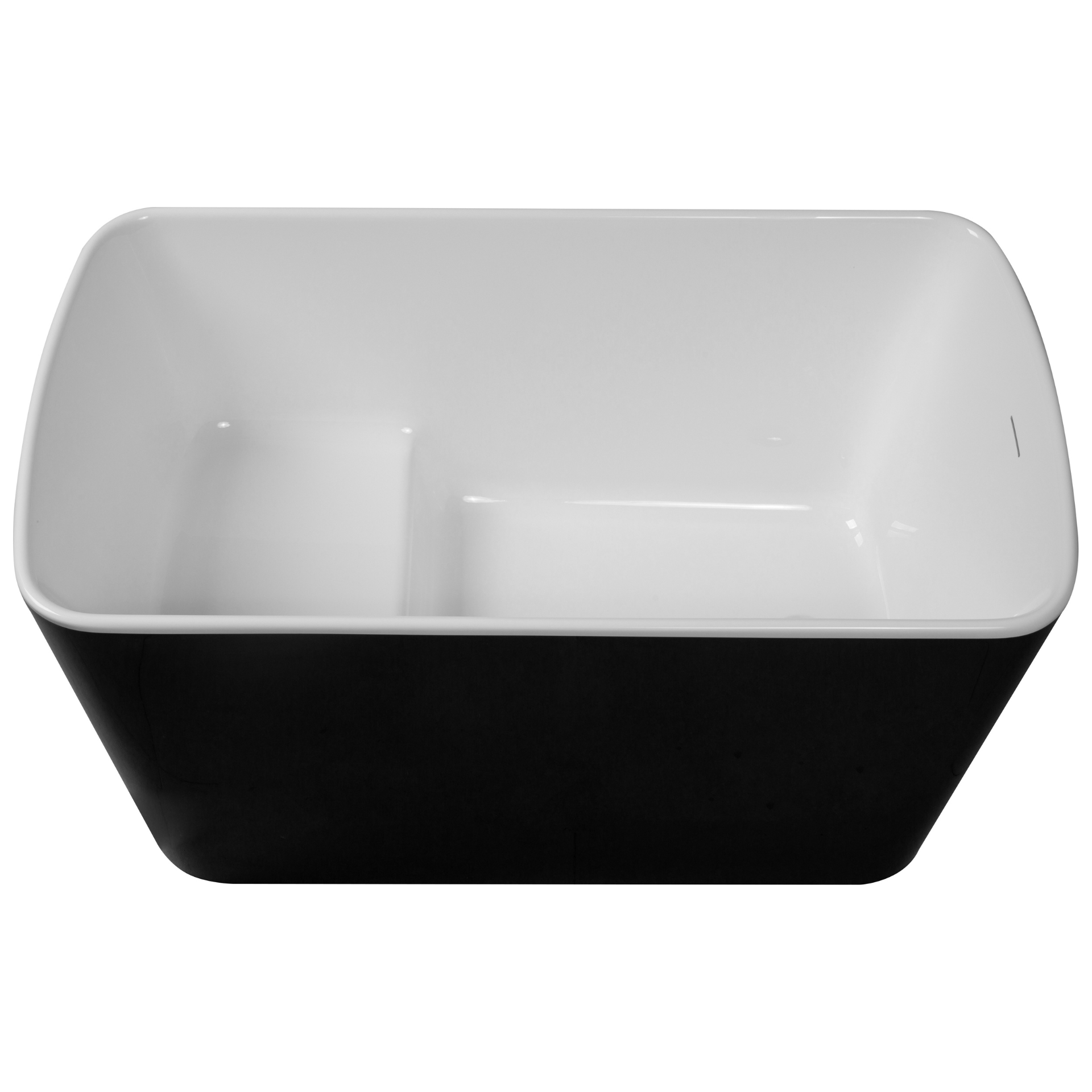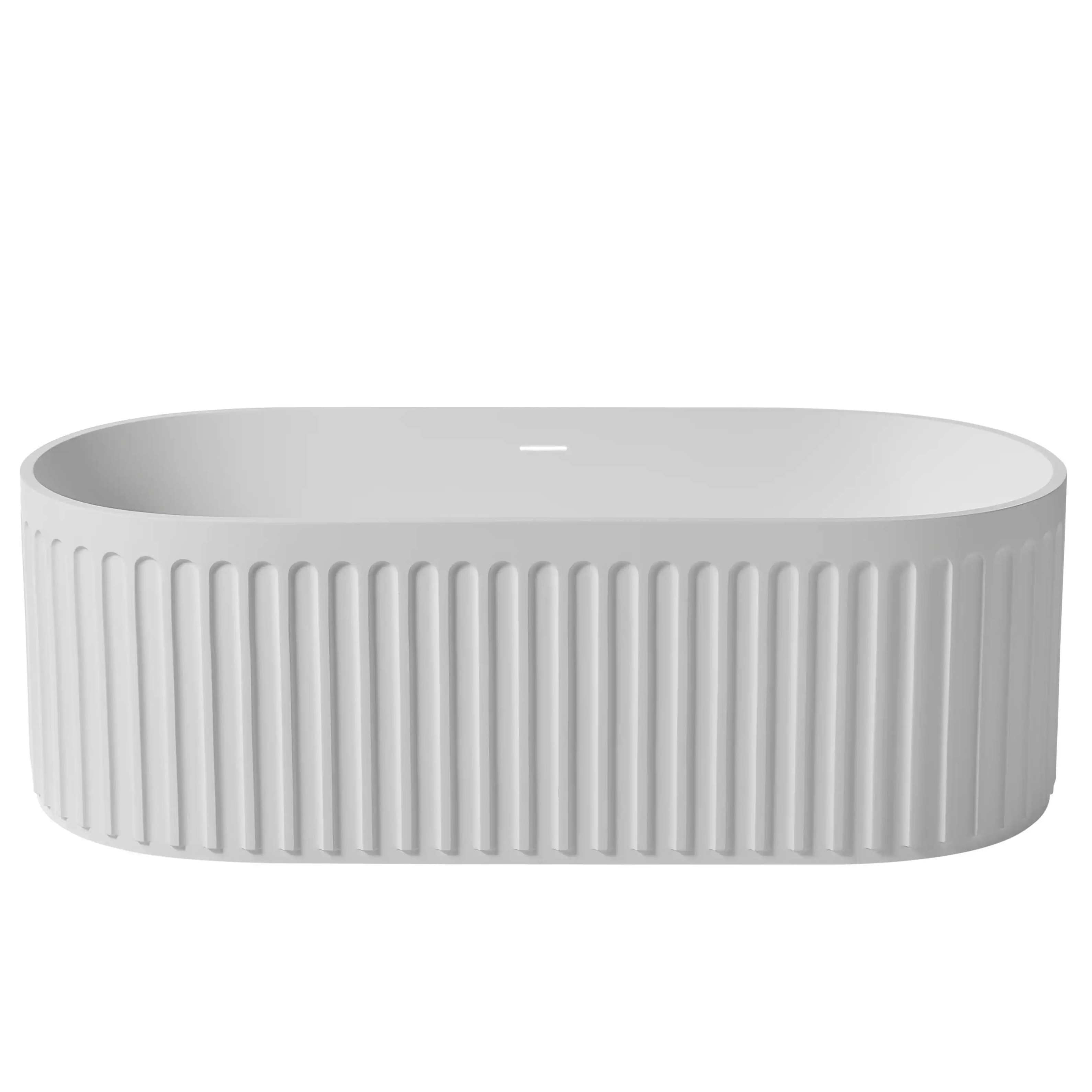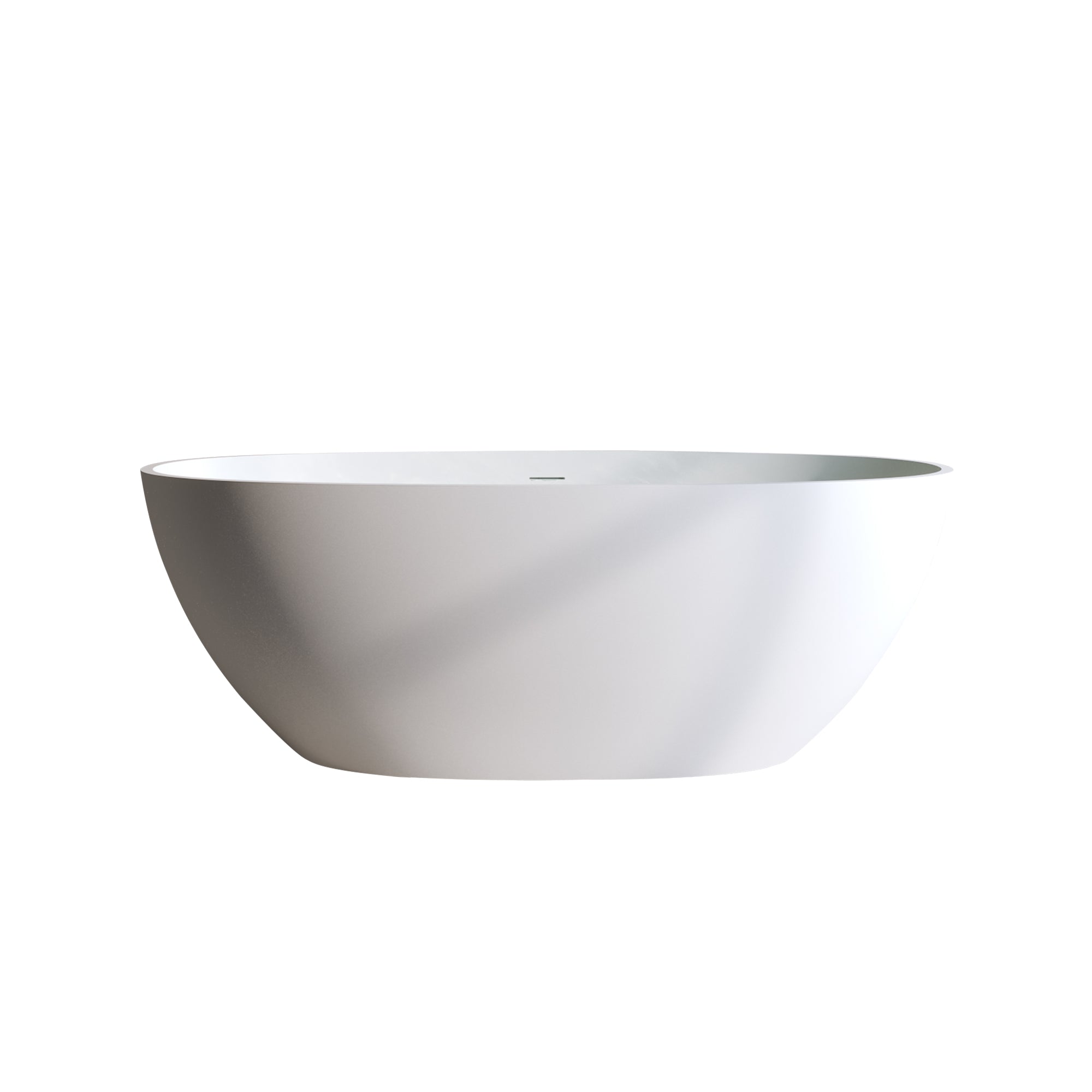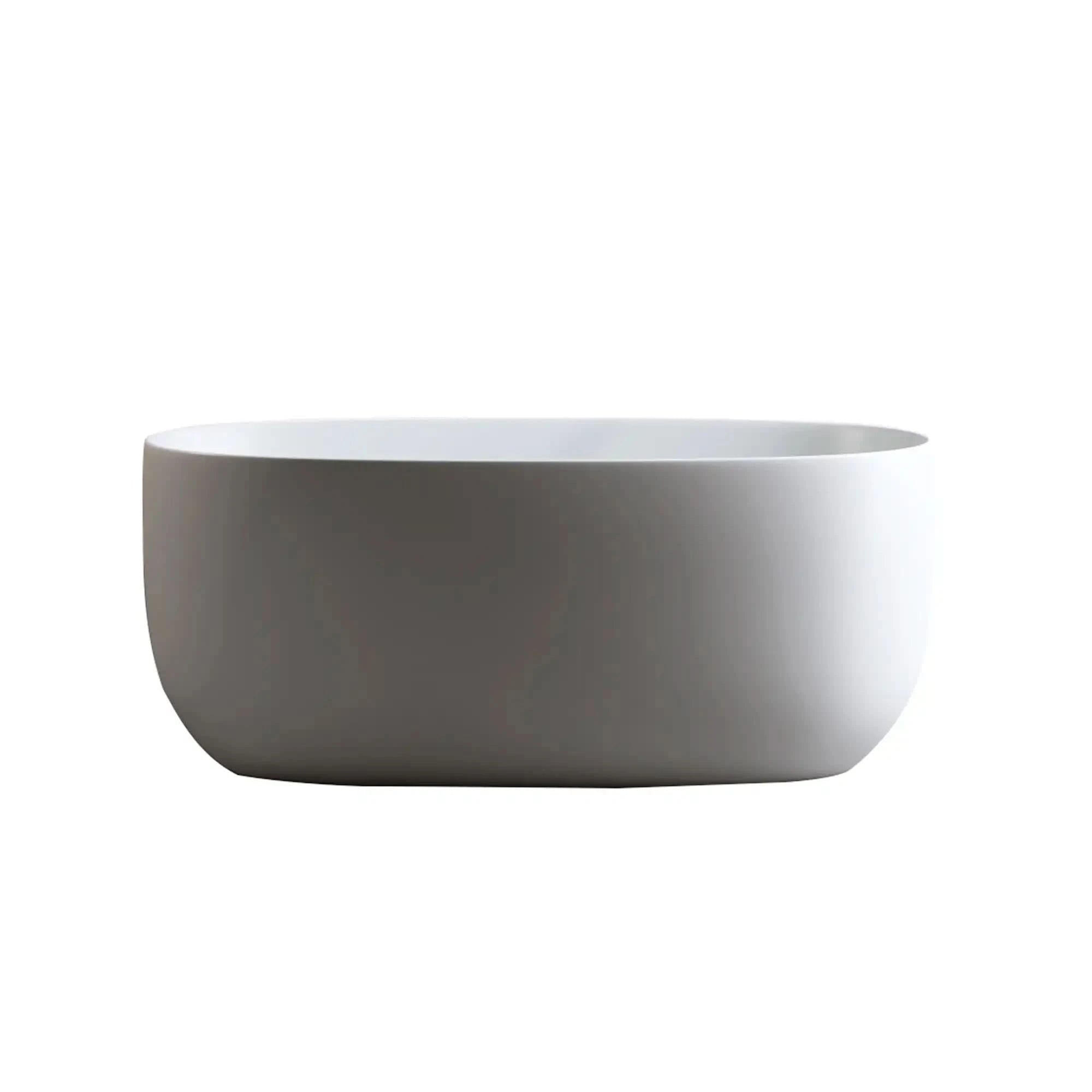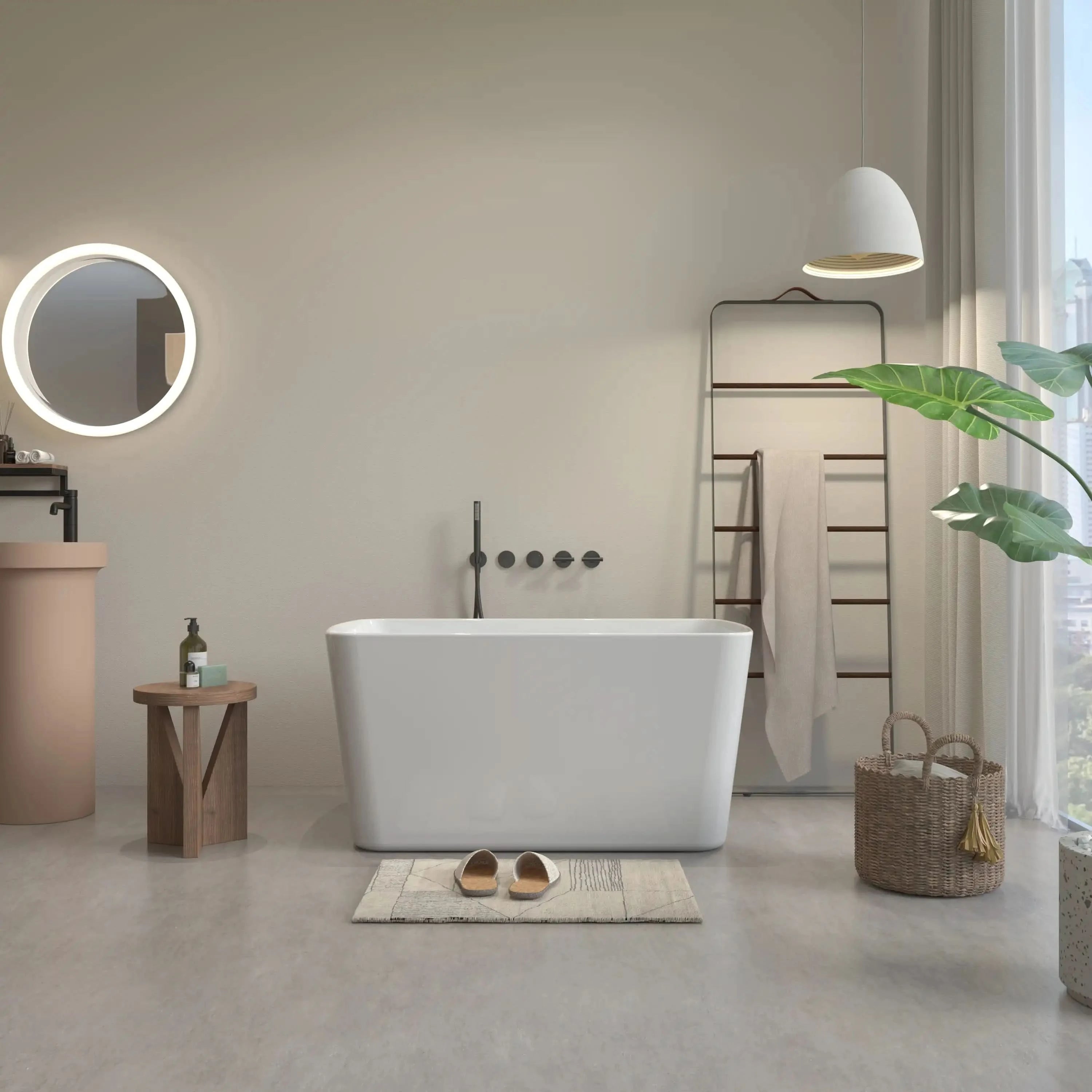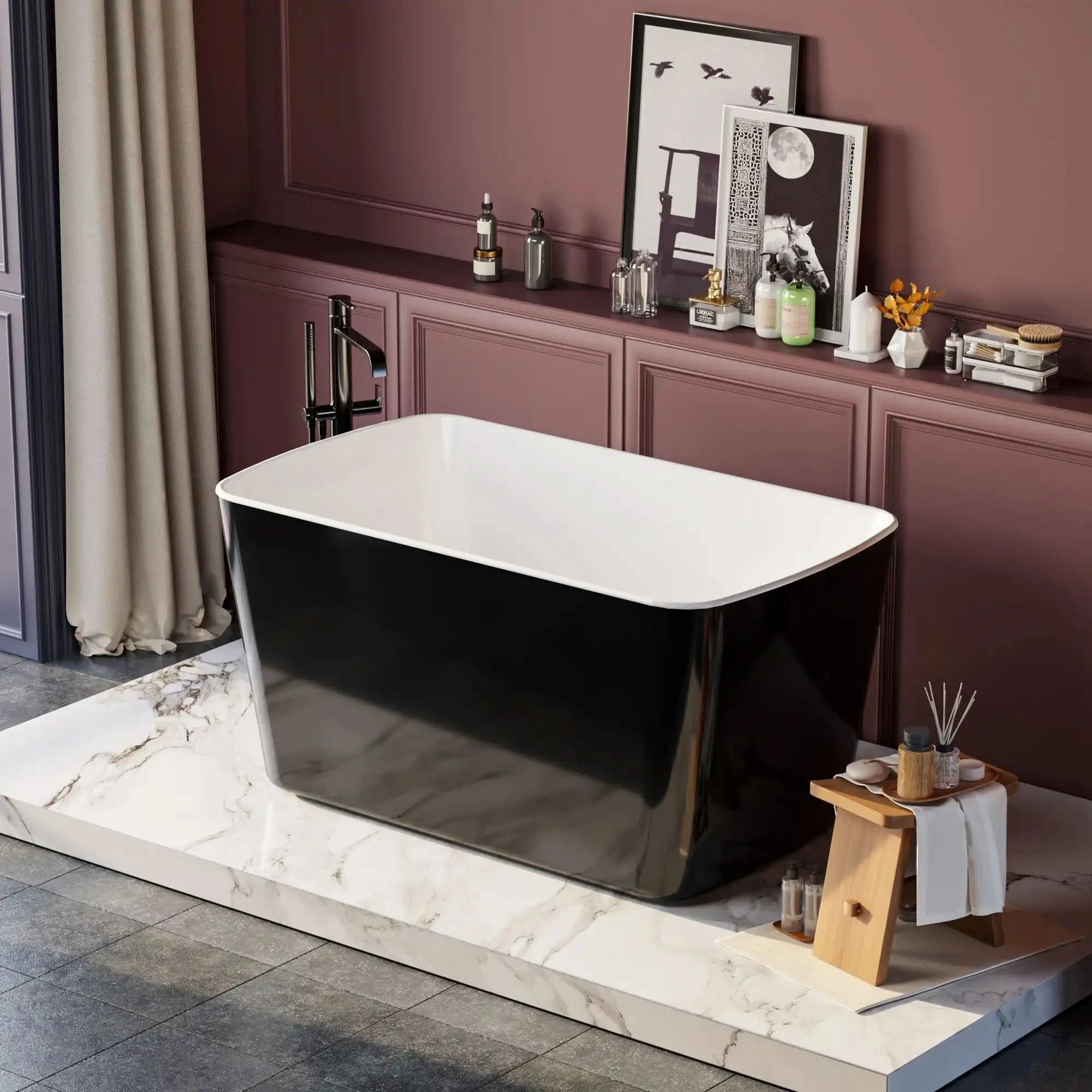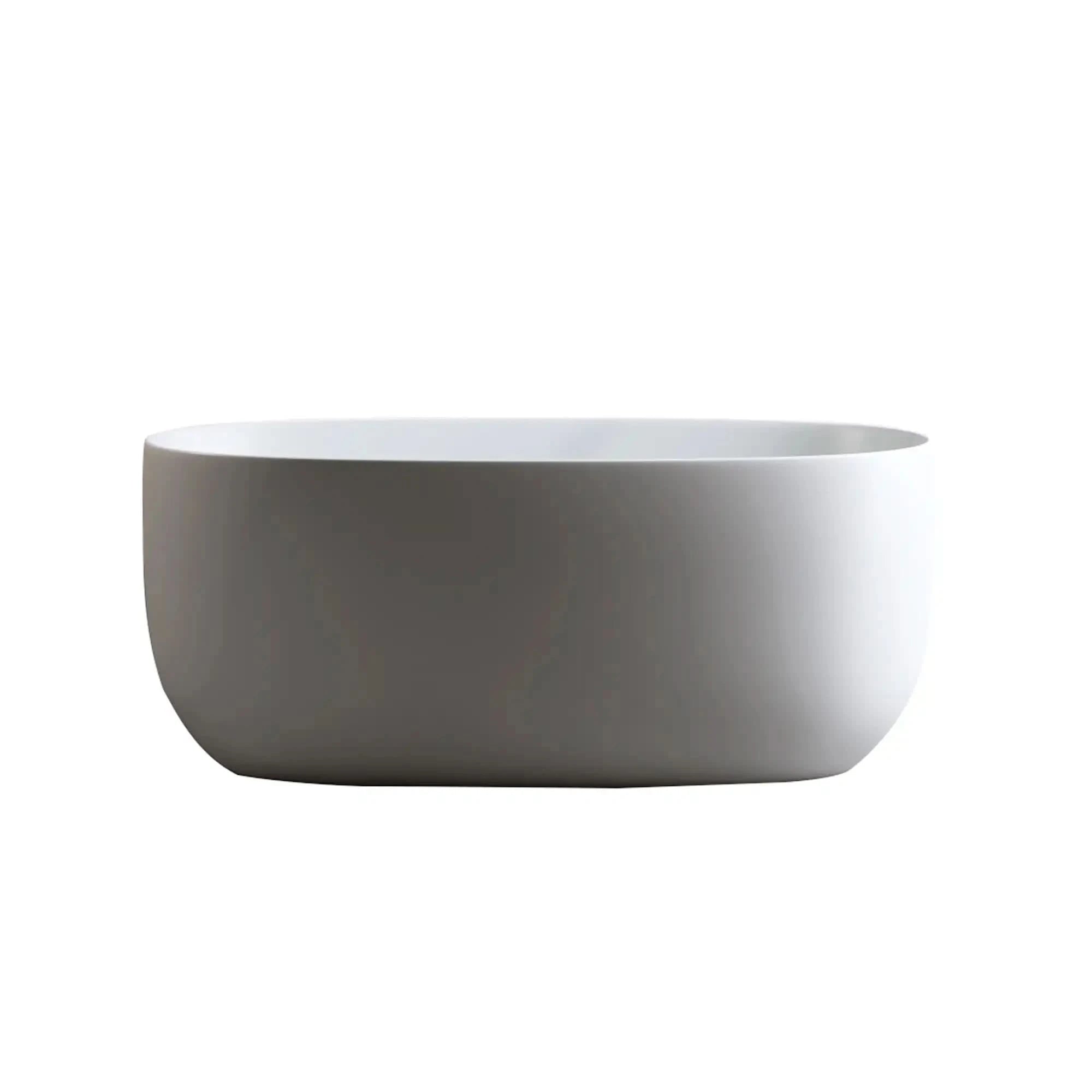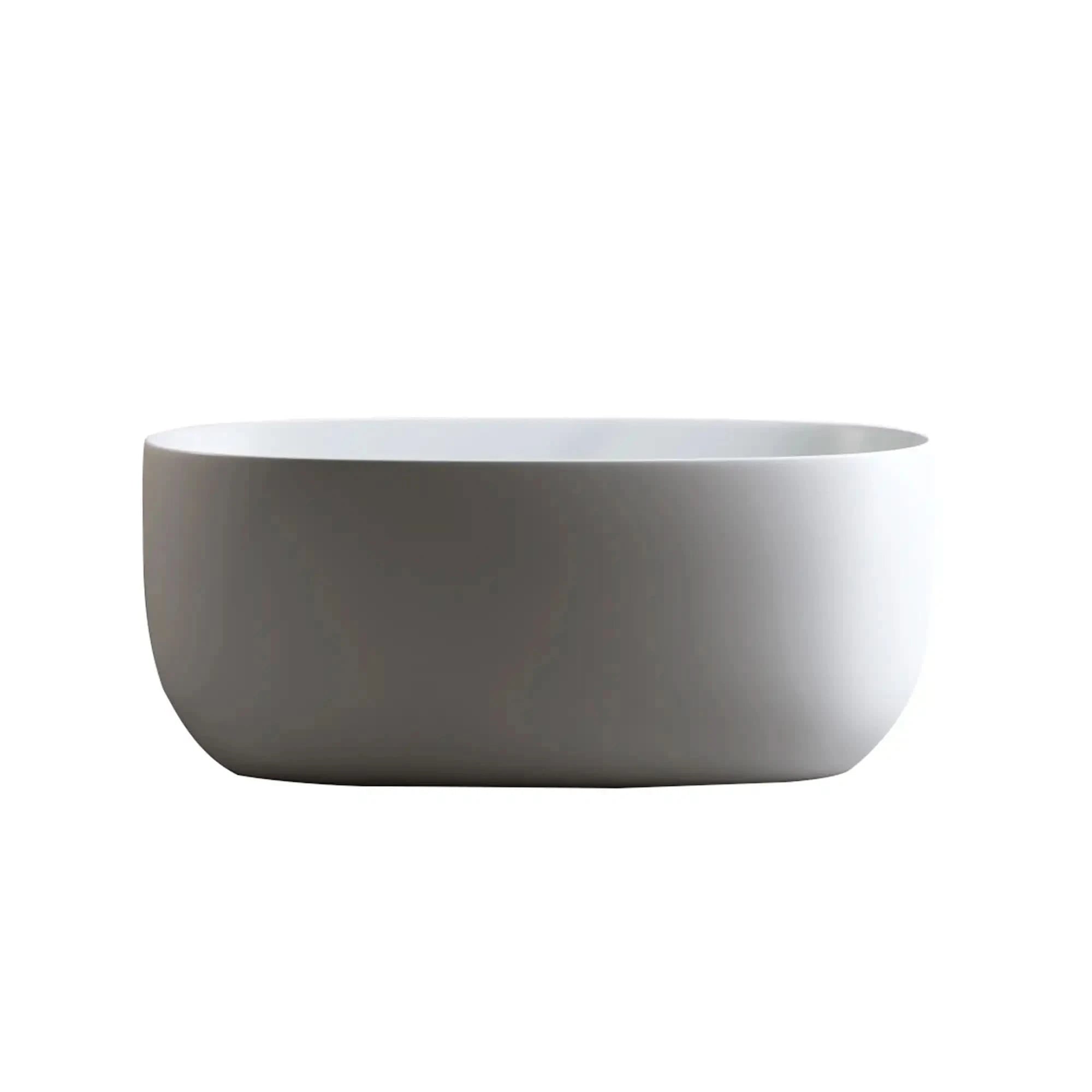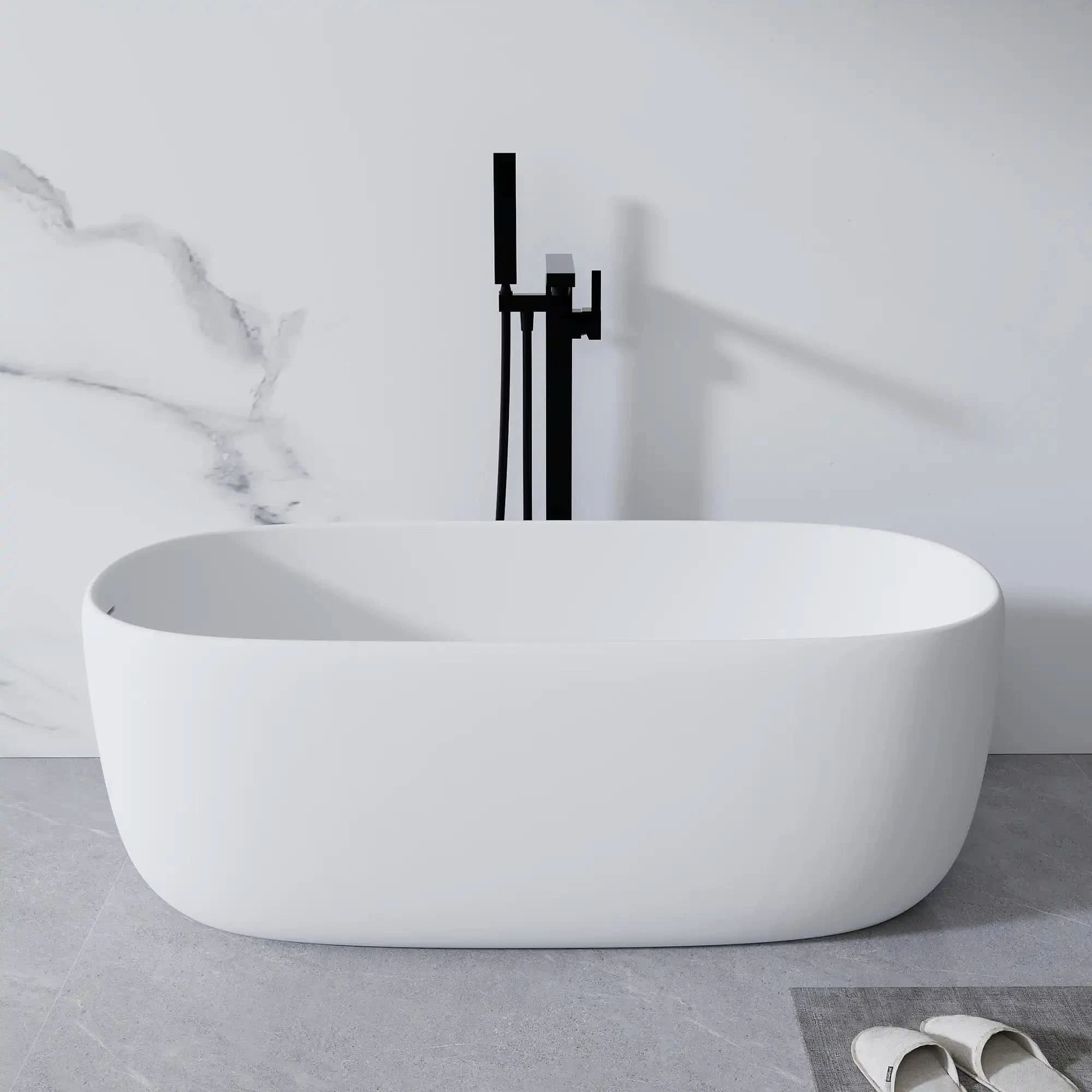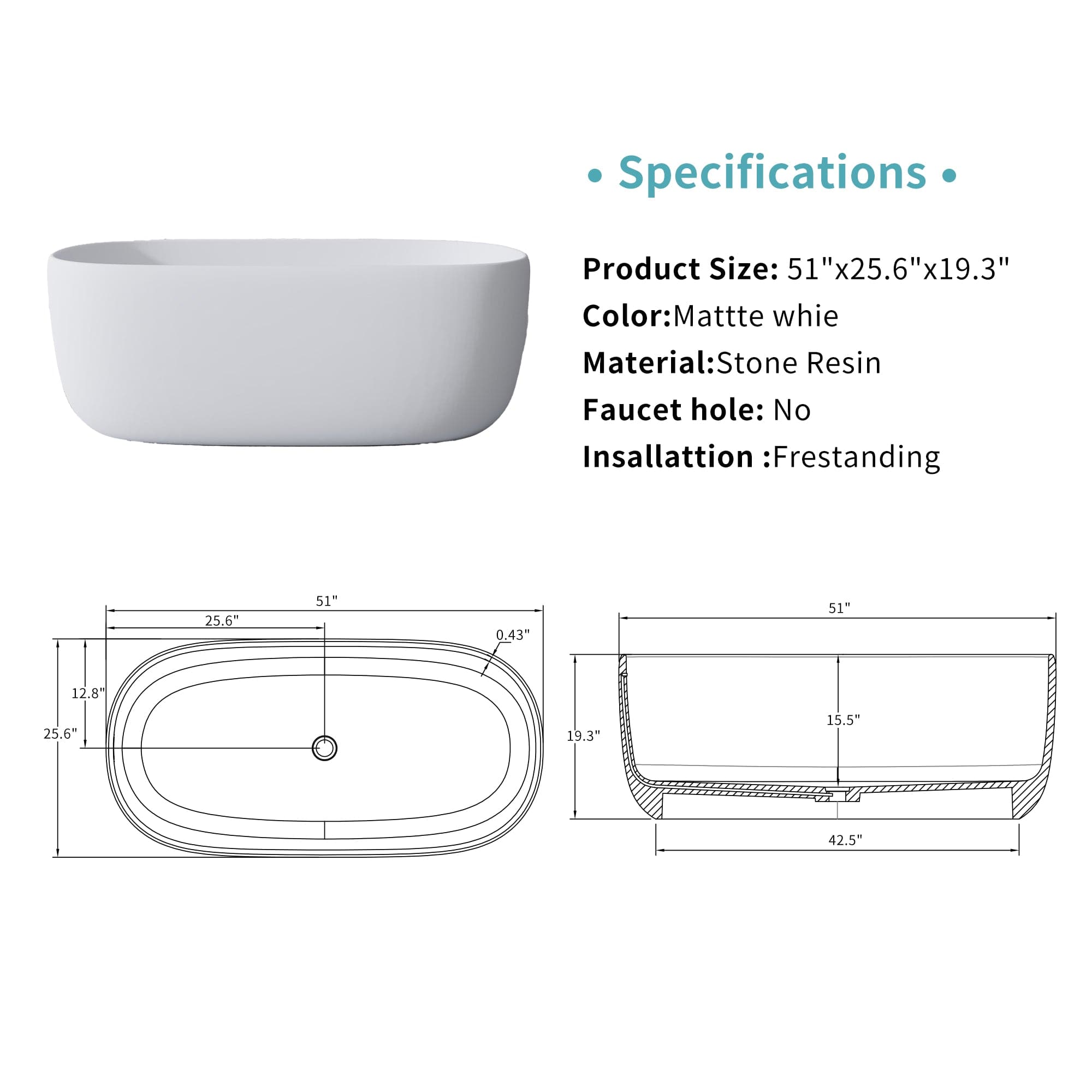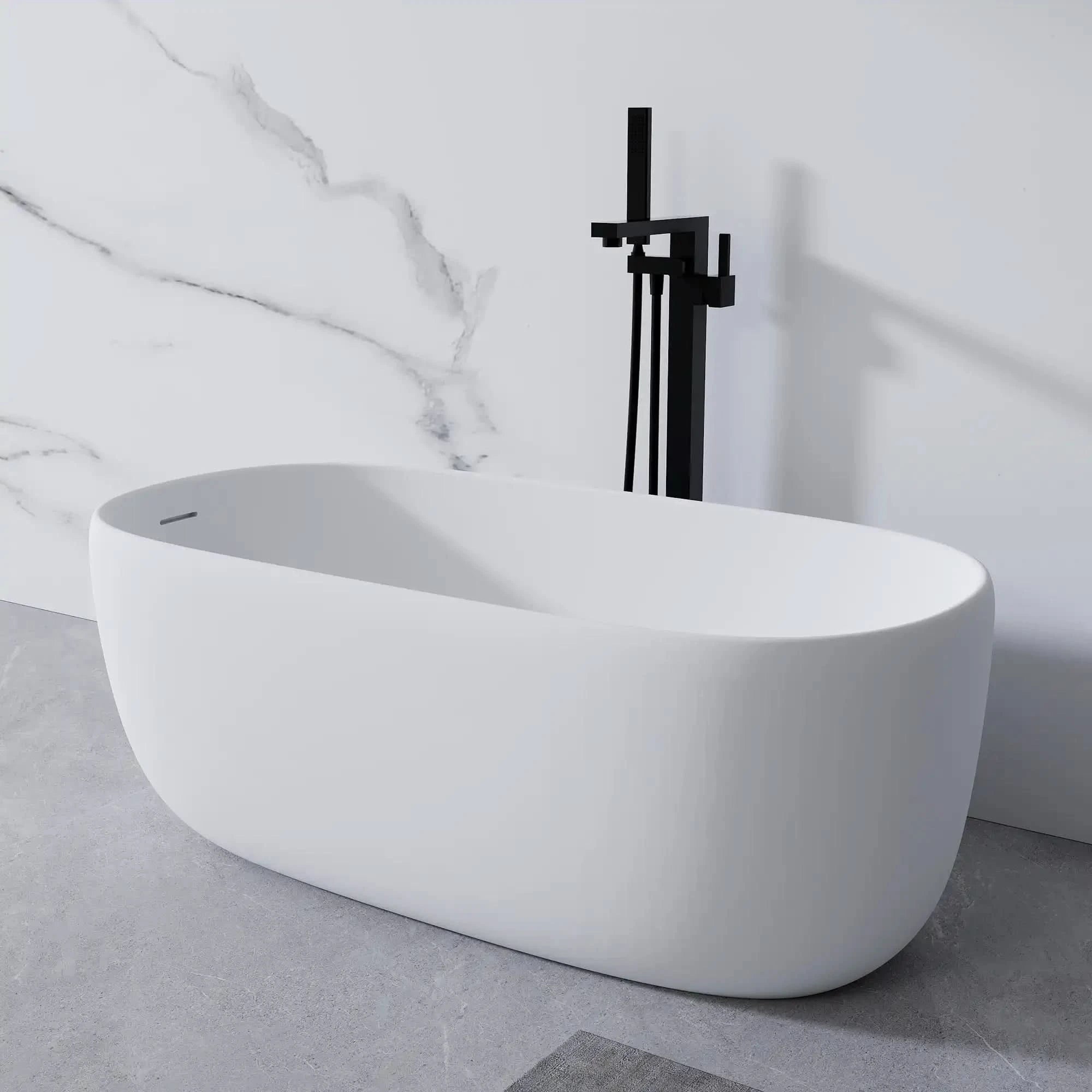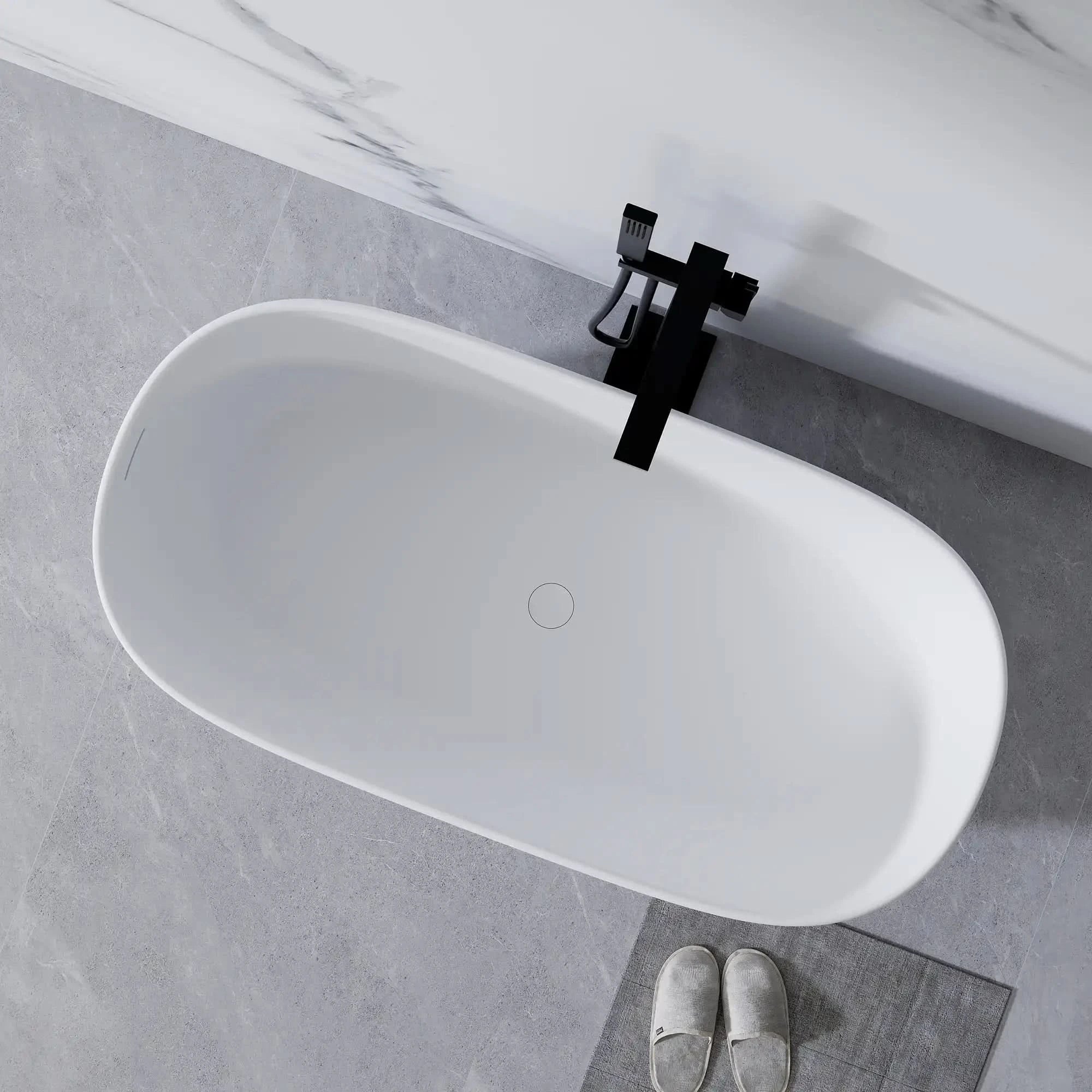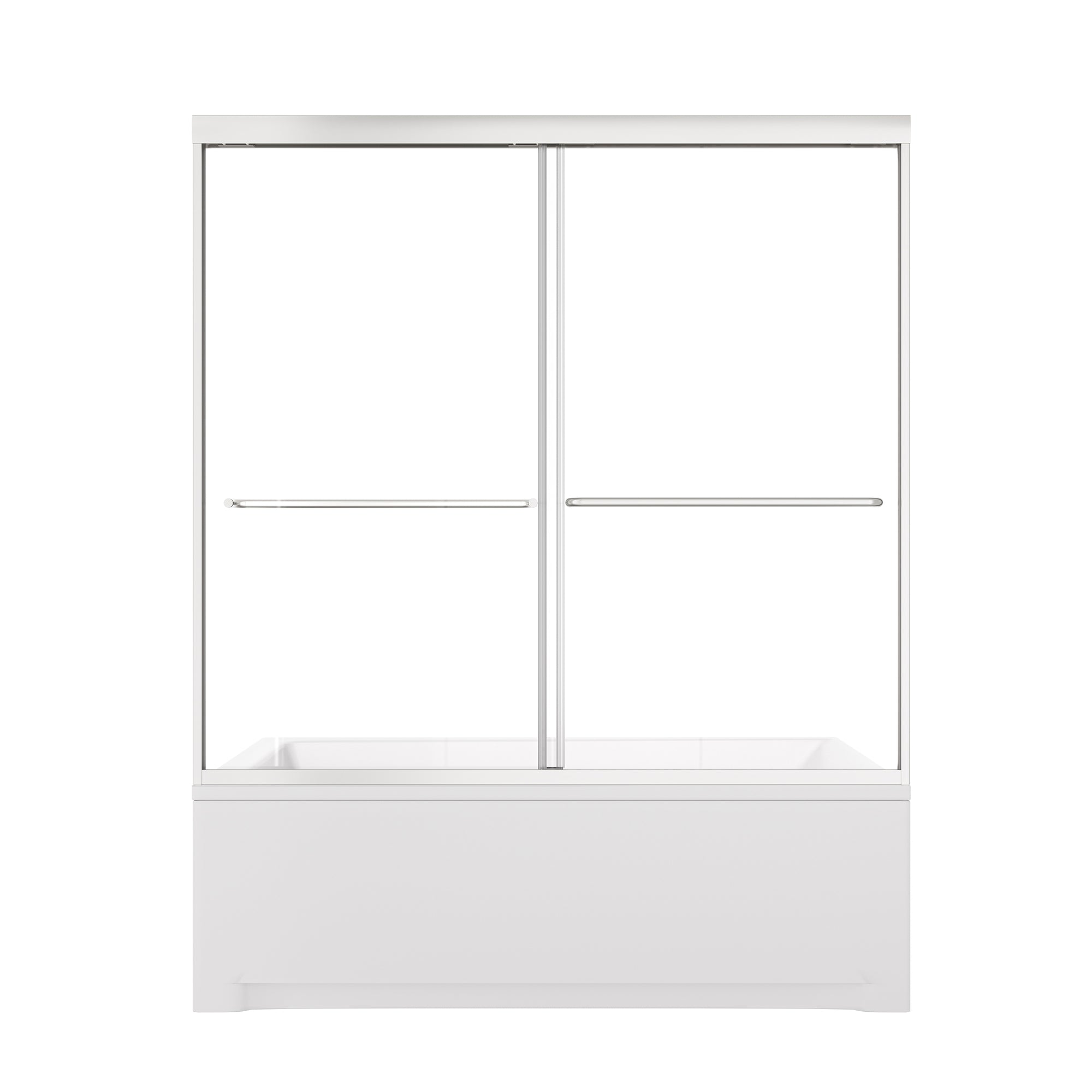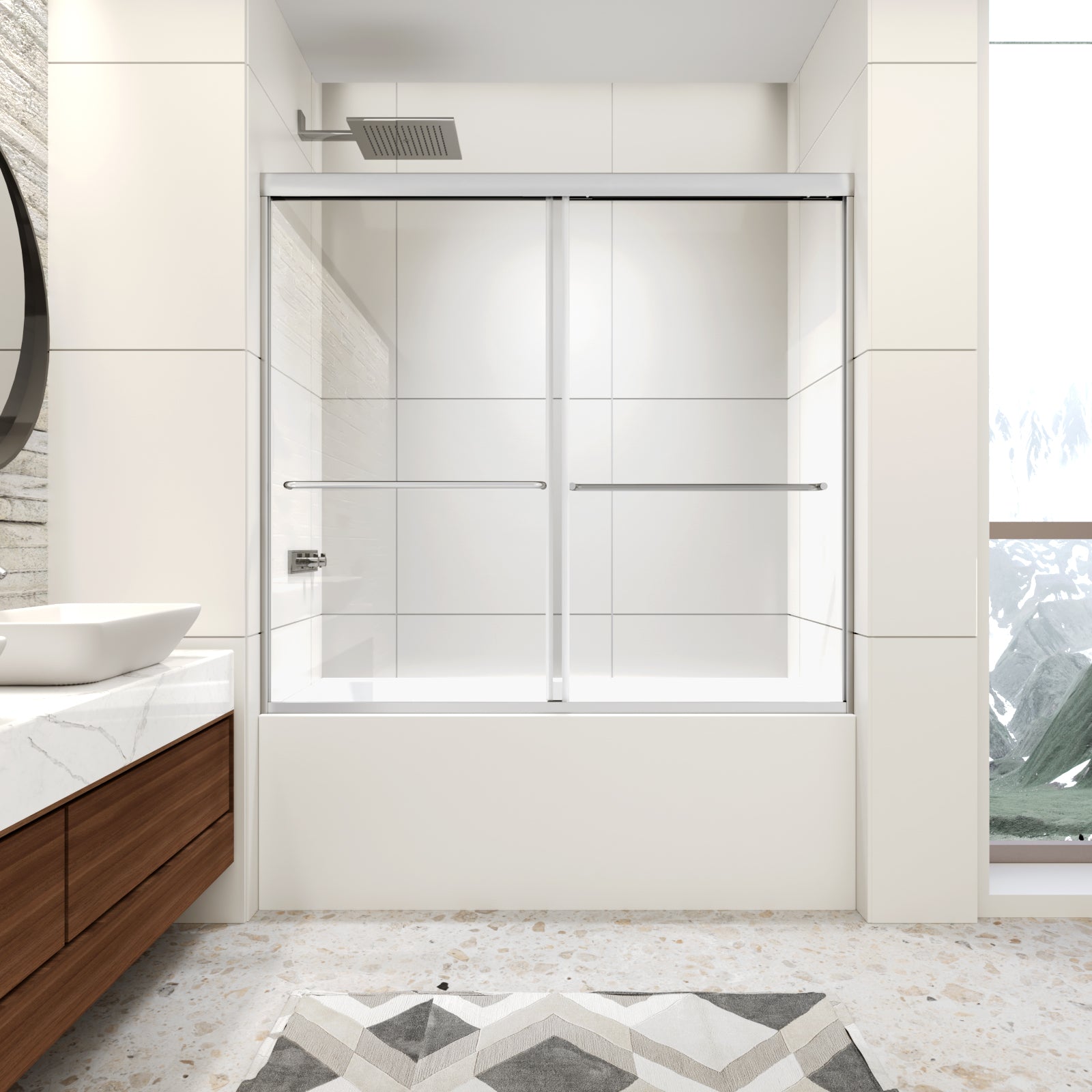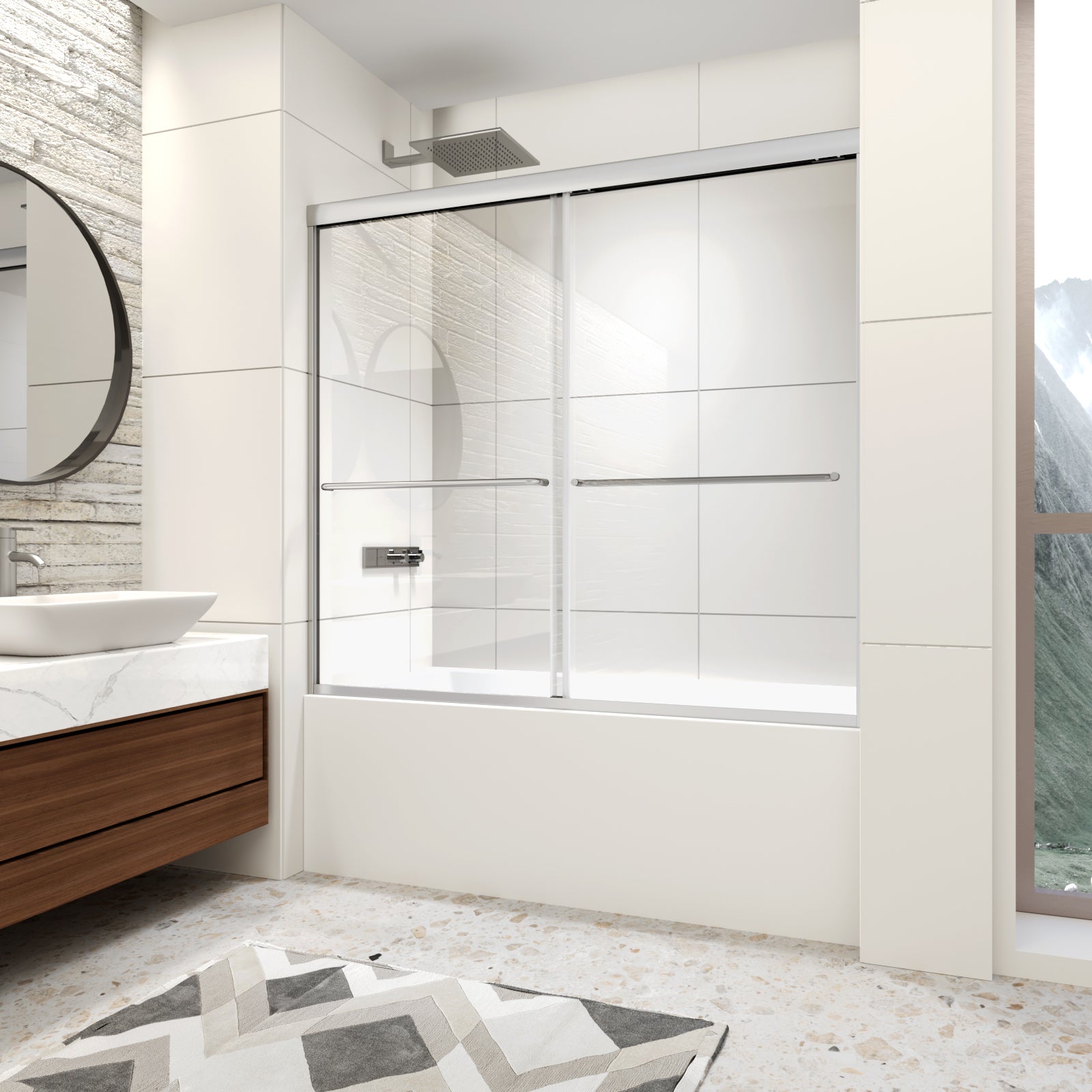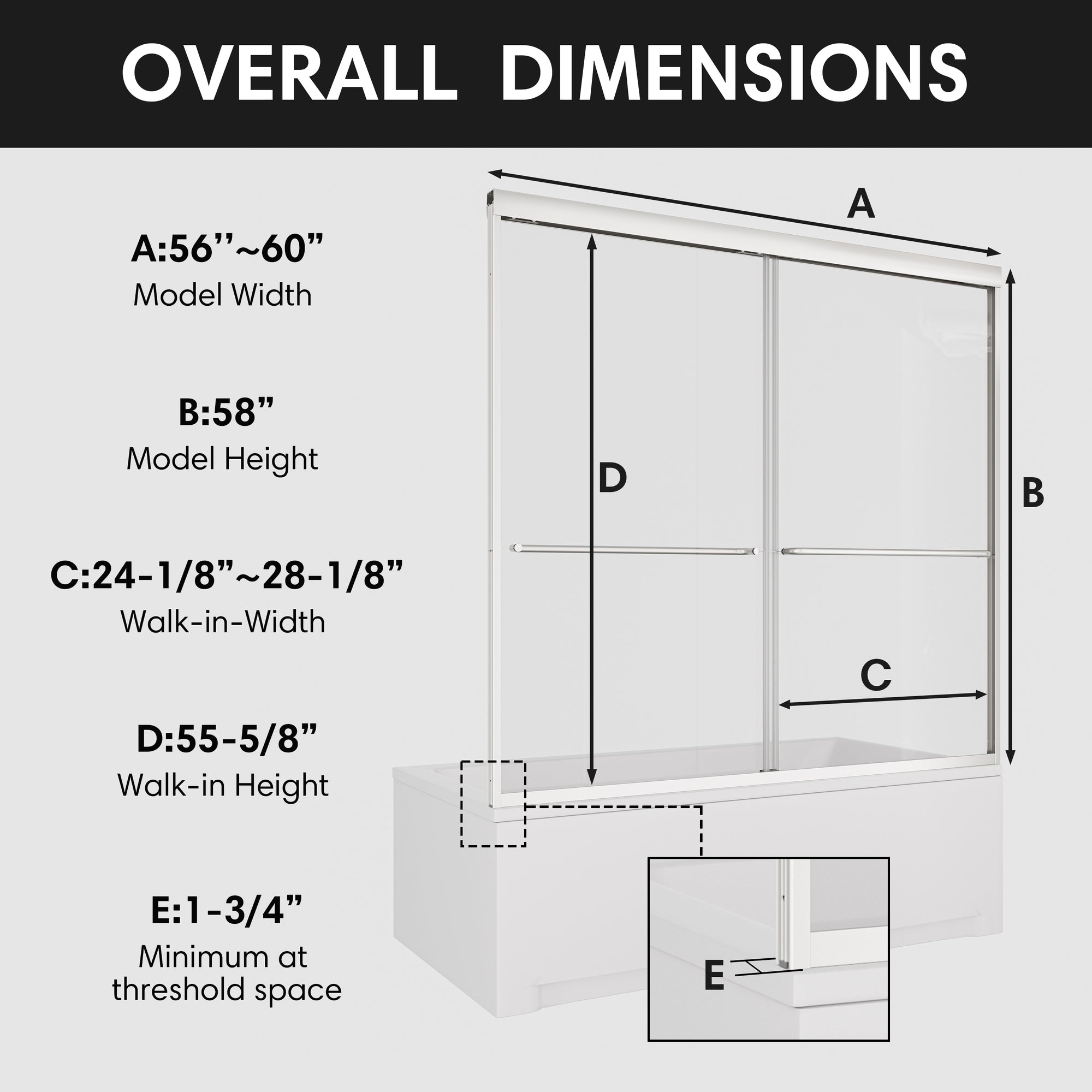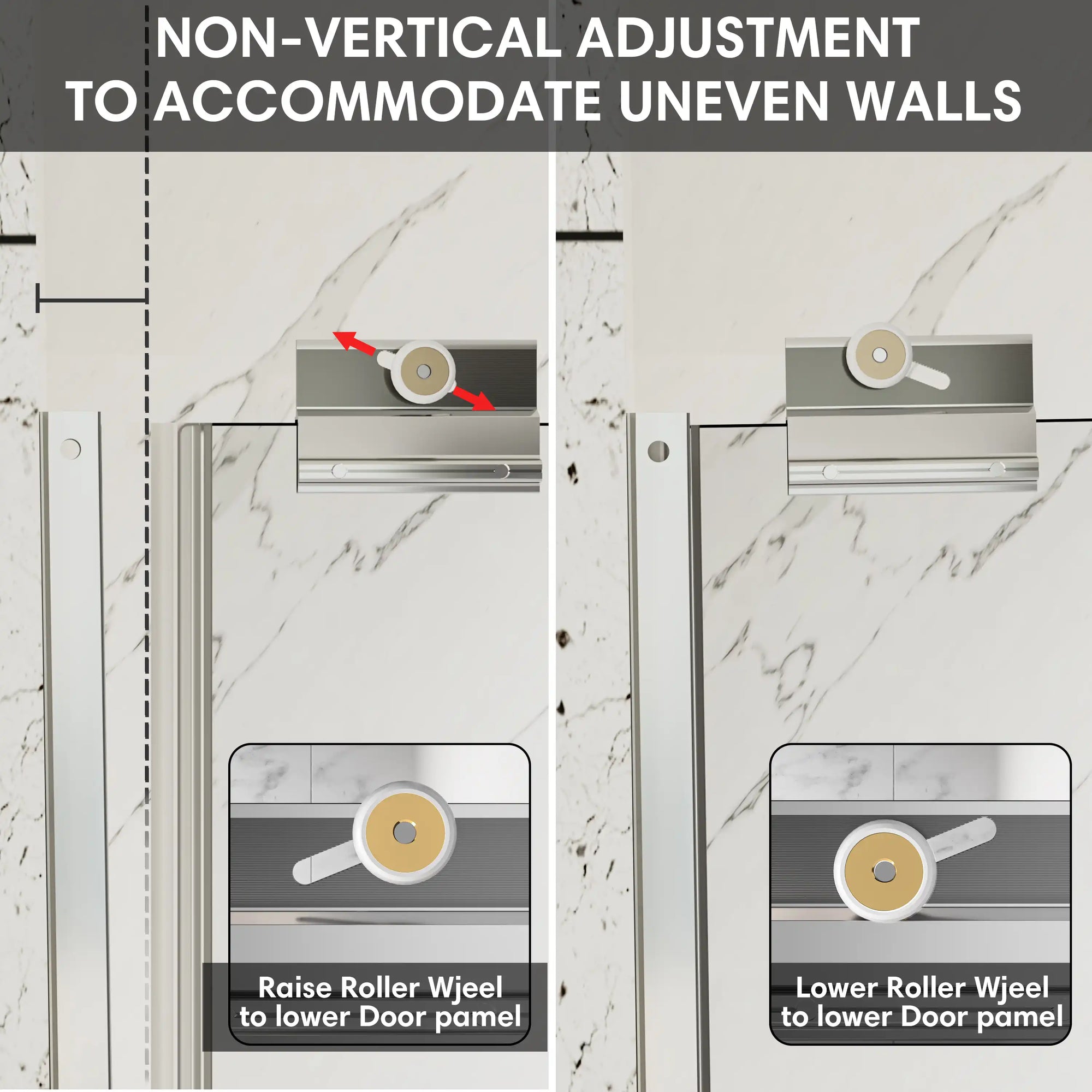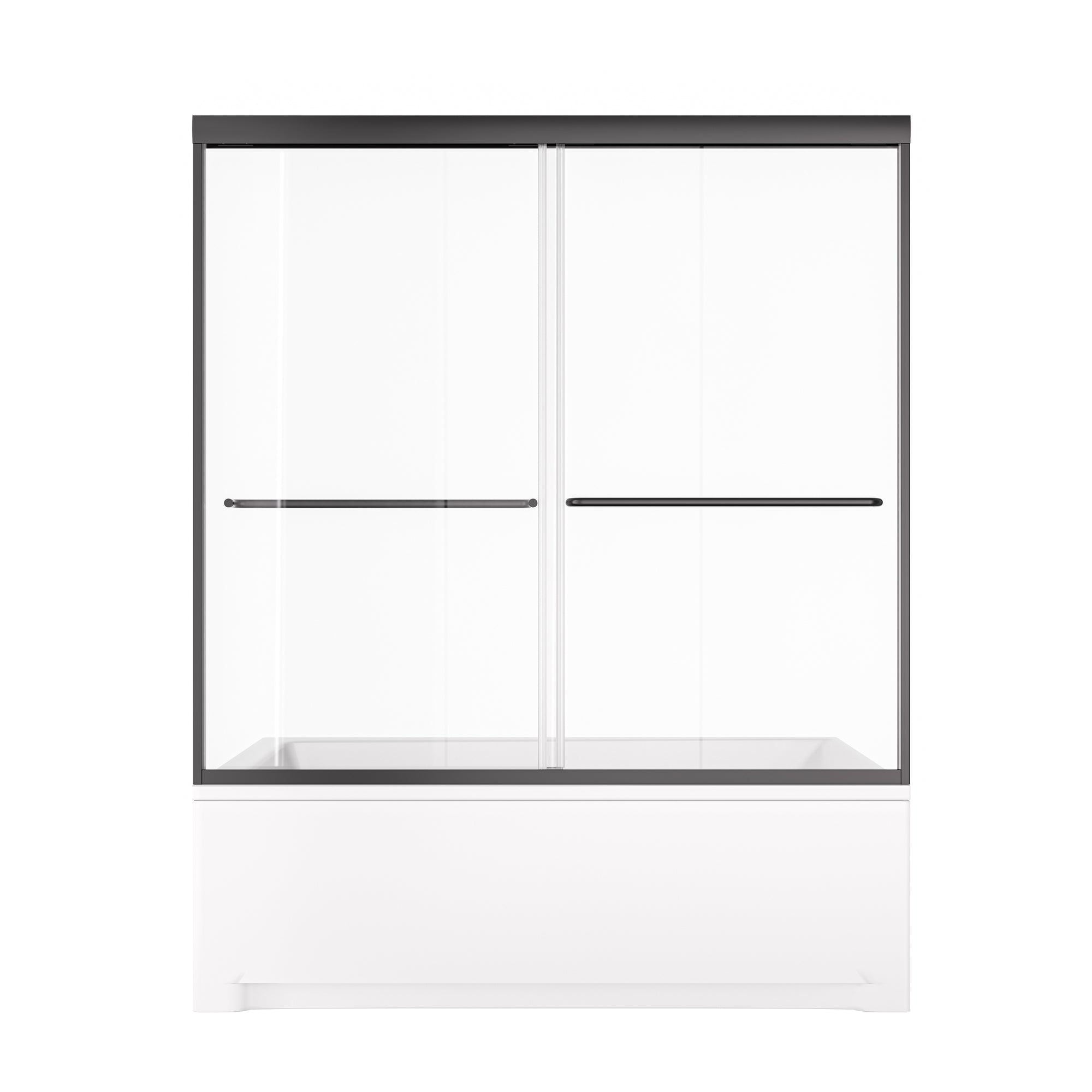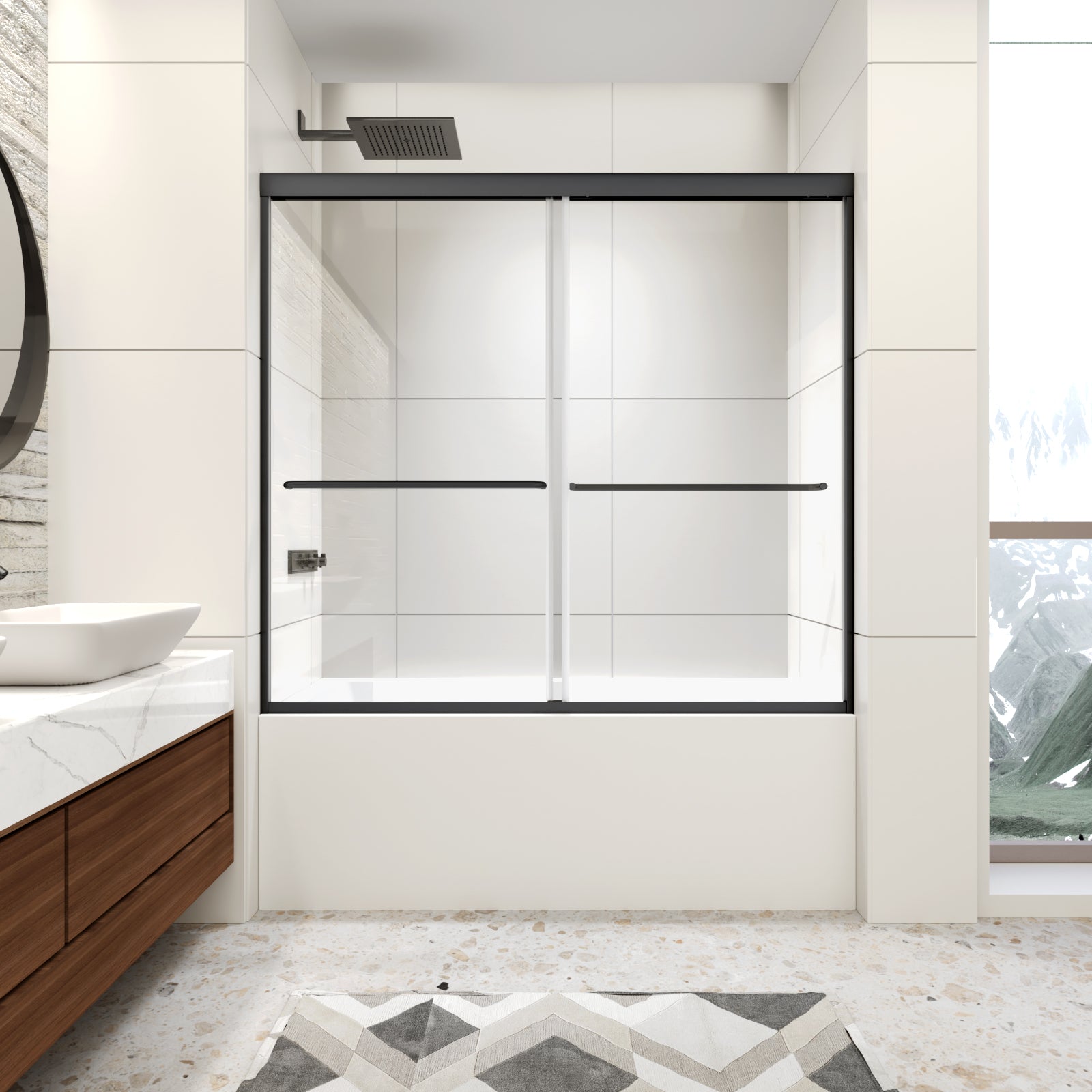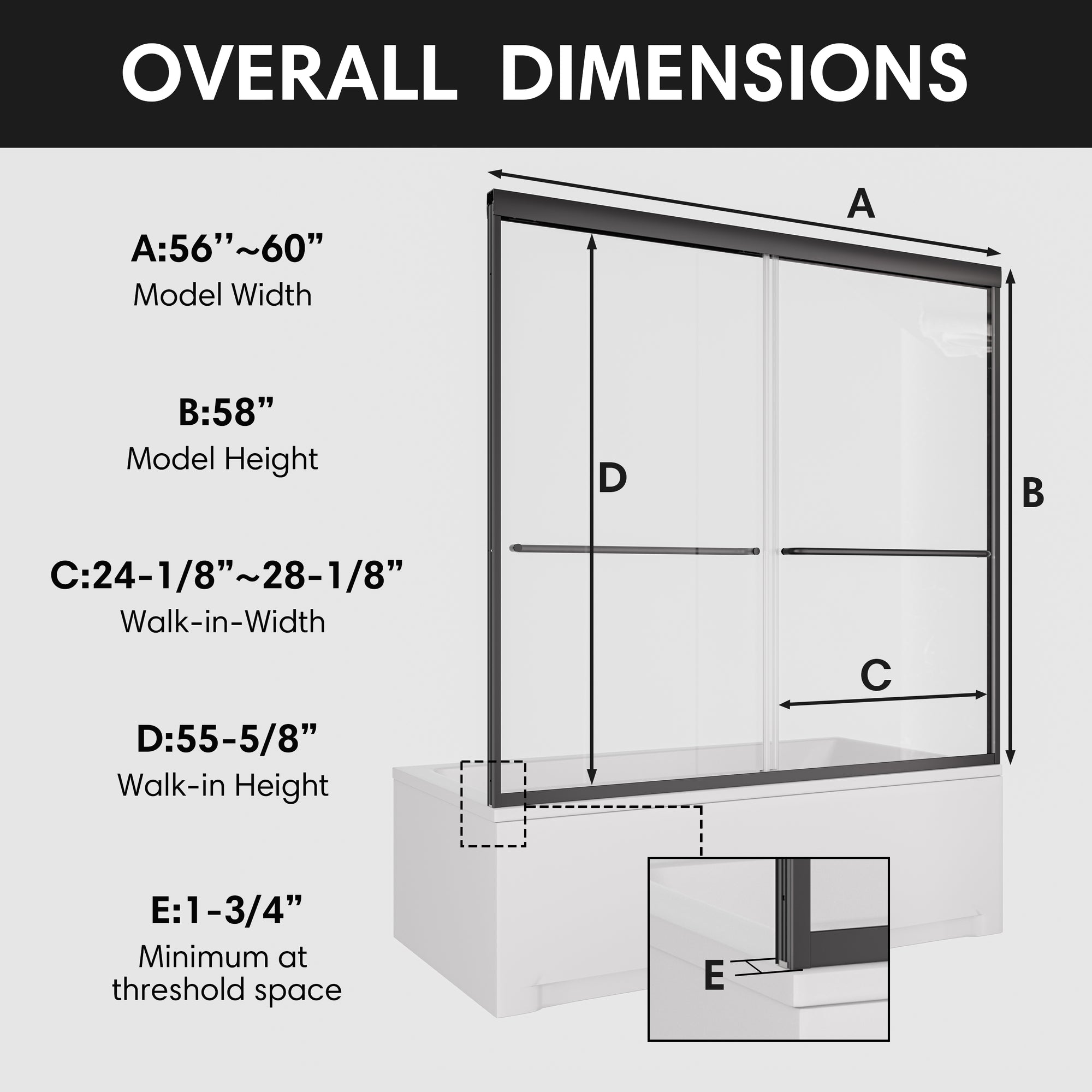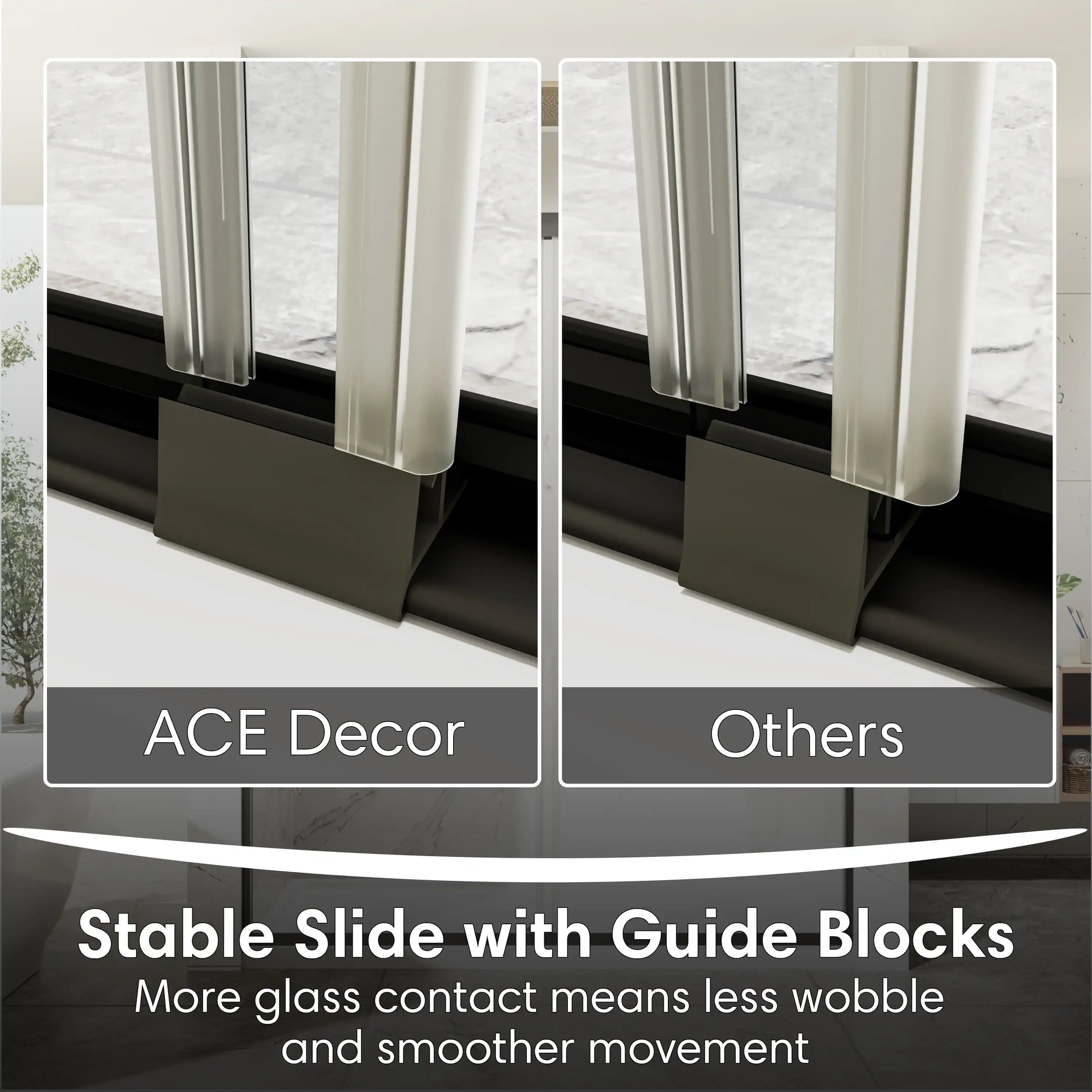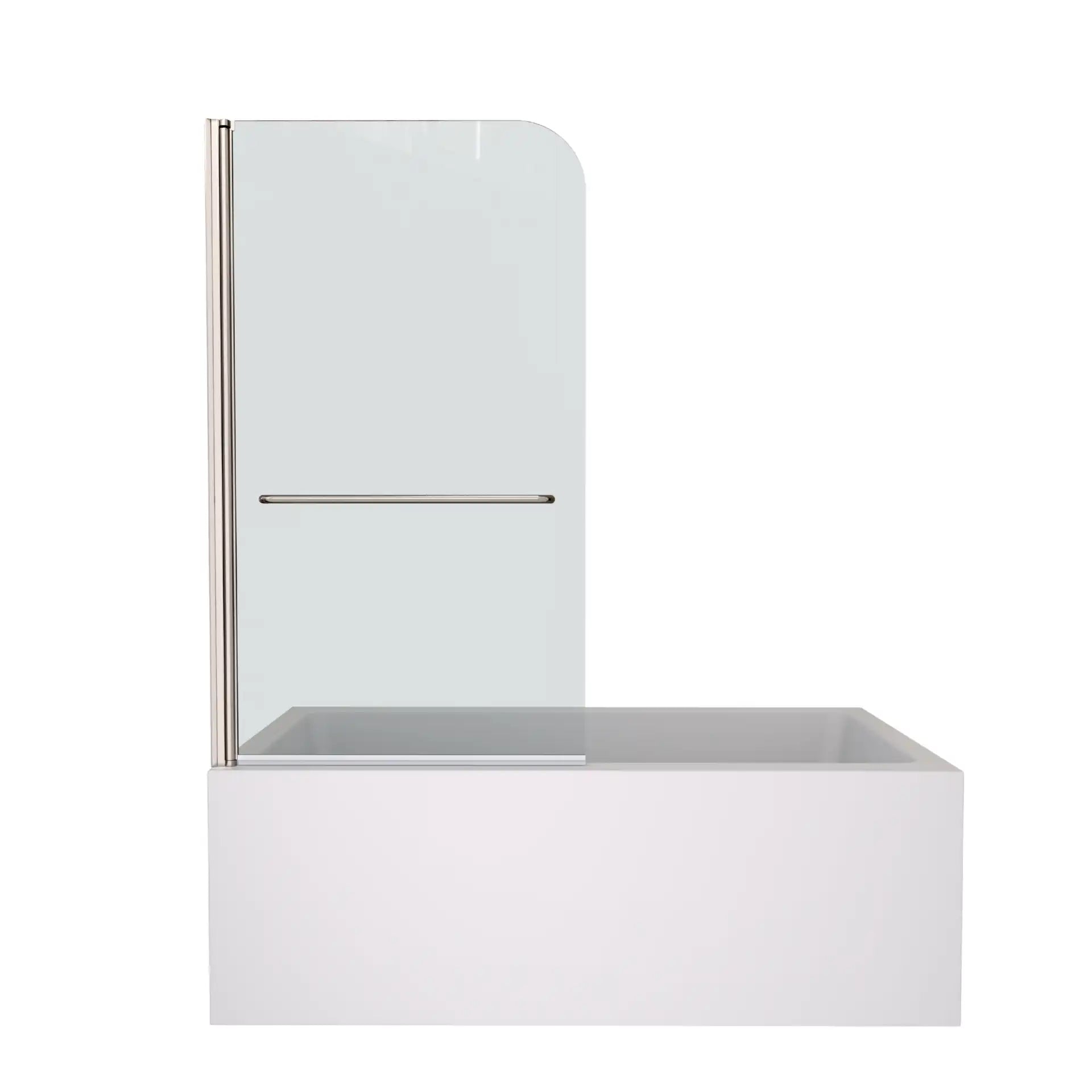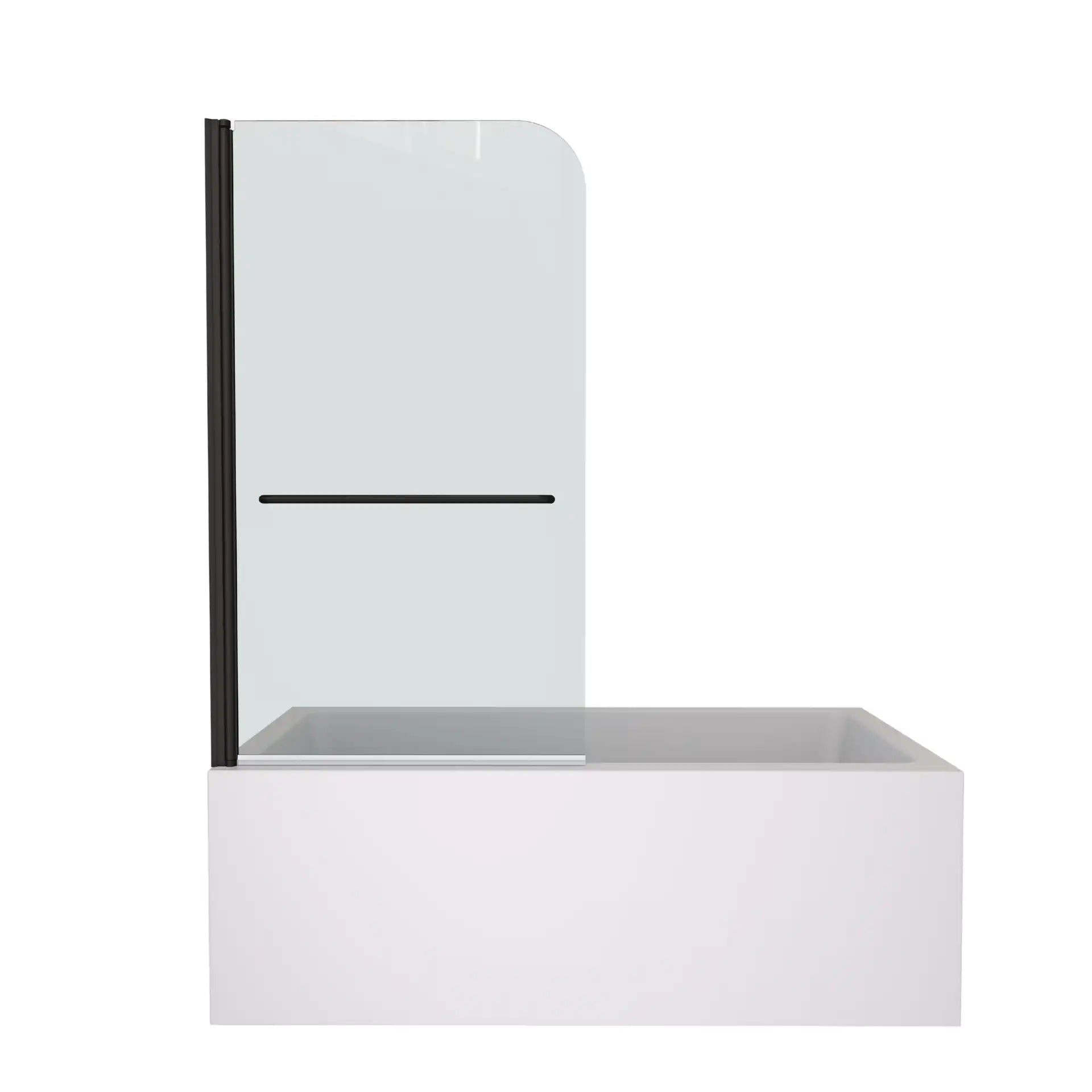Table of Contents
- What is an Acrylic Tub? A Deeper Look
- What is a Fiberglass Tub? Full Breakdown
- Acrylic vs Fiberglass Tub: Key Differences You Should Know
- Best Bathtub by Climate and Region
- Durability, Repair, and Lifespan
- Cleaning & Maintenance: What to Expect
- Cost Breakdown: Upfront vs Lifetime Value
- Sustainability & Eco-Friendliness
- How to Tell if Your Tub is Acrylic or Fiberglass
- FAQs: Acrylic vs Fiberglass Tub
- Conclusion: Acrylic vs Fiberglass Tub — What's Right for You in the American West?
- Related Articles You May Also Like
When choosing a new bathtub, one of the most common and important questions is: "Should I get an acrylic or fiberglass tub?" The acrylic vs fiberglass tub debate is more than just about cost — it affects your bathing experience, maintenance workload, energy efficiency, and even how your tub performs based on the climate where you live.
In this in-depth guide, we compare fiberglass vs acrylic bathtubs across durability, cost, cleaning, and — most importantly — geo suitability, helping you choose the perfect bathtub for your home, lifestyle, and location.
What is an Acrylic Tub? A Deeper Look
An acrylic bathtub is made by heating and molding solid acrylic sheets, which are then reinforced with fiberglass for added structure. This dual construction gives it the durability of fiberglass but with the sleek, non-porous finish of acrylic.
Key Benefits:
- Non-porous surface: Resists mold, mildew, and staining — ideal for humid regions or coastal homes.
- Glossy, elegant appearance: Mimics cast iron or porcelain tubs without the weight.
- Thermal insulation: Retains heat significantly longer, making it the best bathtub material for cold climates.
- Available in a variety of shapes: From freestanding to corner and deep soaking tubs.
- Lightweight yet sturdy: Easy to install on any floor type, including second-story bathrooms.
Drawbacks
- More expensive than fiberglass upfront.
- Scratches more easily than enamel-coated tubs — but most surface damage is repairable.
The acrylic vs fiberglass tub debate often favors acrylic when you prioritize comfort, aesthetics, and longevity — especially in colder or humid environments.

What is a Fiberglass Tub? Full Breakdown
A fiberglass tub (also known as FRP — fiberglass-reinforced plastic) is created by spraying or molding layers of fiberglass into shape and coating it with a thin gel coat for shine. It's the most affordable bathtub material on the market.
Key Benefits:
- Low cost: Ideal for budget-conscious renovations or rental properties.
- Very lightweight: One of the easiest tubs to transport and install — popular for DIY.
- Quick to manufacture: Short lead times and available in big-box stores.
Drawbacks
- Porous surface: Absorbs water and cleaning agents, making it more vulnerable to mold and discoloration, especially in humid or coastal areas.
- Low heat retention: Bathwater cools quickly — a disadvantage in colder climates.
- Shorter lifespan: Typically lasts 5–10 years and may develop cracks, chips, or warping.
Despite its low price, fiberglass often falls short when compared to acrylic tubs in terms of durability, performance, and visual appeal — especially for long-term homeowners or properties in harsh climates.

Acrylic vs Fiberglass Tub: Key Differences You Should Know
Choosing between an acrylic vs fiberglass tub is not just about preferences — it directly affects utility, longevity, and cost.
| Feature | Acrylic Tub | Fiberglass Tub |
|---|---|---|
| Material Construction | Molded acrylic + fiberglass support | Fiberglass mold + gel coat surface |
| Weight | Lightweight but denser | Ultra-light, thinner shell |
| Heat Retention | Excellent – retains warmth | Poor – cools quickly |
| Surface Feel | Warm, smooth, glossy | Cooler, slightly rough |
| Durability | 15–20 years (refinishable) | 5–10 years (less repairable) |
| Maintenance | Low effort; non-porous | Medium effort; prone to wear |
| Cost | $400–$1,200 | $200–$600 |
| Best For | Long-term homes, humid/cold climates | Budget remodels, temporary setups |
If your region experiences harsh winters or high humidity, acrylic tubs are far more resilient and hygienic. If you're renovating on a tight budget or flipping a home, fiberglass may offer sufficient value for short-term use.
Best Bathtub by Climate and Region
This is where most bathtub comparison guides fall short. Your local climate and water conditions play a huge role in how long your tub will last and how much maintenance it will need.
Cold Climates (e.g., Canada, Scandinavia, Midwest US):
- Acrylic tubs are vastly superior. They feel warmer to the touch, and water stays hot longer.
- Fiberglass tubs cool quickly, making winter baths less comfortable.
Humid & Coastal Areas (e.g., Florida, Southeast Asia, Australia):
- Acrylic's non-porous surface resists mildew and salt-induced corrosion.
- Fiberglass tubs tend to yellow, crack, or delaminate due to salt air and humidity.
Dry, Sunny Climates (e.g., Southwest US, Spain, UAE):
- UV rays can fade fiberglass surfaces, leading to chalky appearance.
- Acrylic tubs with UV-resistant coatings maintain color and structure far better.
When considering acrylic vs fiberglass bathtub performance, always ask: "How will this tub hold up in my region's climate 5 years from now?"
Durability, Repair, and Lifespan
Durability is arguably the most decisive factor in this debate.
Acrylic Tubs:
- Resist cracking and structural damage under weight or pressure.
- Surface scratches can be buffed or repaired with kits.
- Suitable for homes where daily use and long-term ownership are expected.
Fiberglass Tubs:
- More prone to surface and structural wear.
- Cracks often require professional refinishing or full replacement.
- Better suited for guest bathrooms, rentals, or secondary homes.
For homeowners focused on minimizing future costs, acrylic tubs win in both durability and repairability.

Cleaning & Maintenance: What to Expect
Daily cleaning needs vary greatly between these two materials.
Acrylic Tub Maintenance:
- Clean with mild soap, warm water, or vinegar-based solutions.
- Avoid abrasive pads or harsh cleaners.
- Weekly wipe-downs prevent buildup — ideal for busy households or humid environments.
Fiberglass Tub Maintenance:
- Use only non-abrasive, pH-neutral cleaners.
- Gel coat wears off over time, especially with chemical exposure.
- May need re-coating every 2–3 years in high-use households.
If you live in a region with hard water or frequent dust (e.g., desert cities), acrylic's smoother surface will be far easier to maintain long-term.
Cost Breakdown: Upfront vs Lifetime Value
| Cost Type | Acrylic Tub | Fiberglass Tub |
|---|---|---|
| Initial Price | $400–$1,200 | $200–$600 |
| Installation | Moderate | Easy/DIY-friendly |
| Refinishing Needed | Rarely | Often (within 3–5 yrs) |
| Lifetime Value | High | Low |
While fiberglass tubs are cheaper upfront, acrylic bathtubs cost less in the long run due to lower replacement and refinishing needs. For long-term homeownership, acrylic is the better investment.
Sustainability & Eco-Friendliness
Concerned about your environmental impact?
- Acrylic bathtubs can be manufactured from recycled materials and are typically low-VOC, especially from reputable brands.
- Fiberglass production involves more resin and chemical use, and the material is non-recyclable.
When choosing the best bathtub for an eco-conscious household, acrylic wins — particularly if paired with water-saving fixtures.
How to Tell if Your Tub is Acrylic or Fiberglass
Already have a tub and not sure what material it is? Here's how to identify:
Quick Tests:
- Feel: Acrylic is warm and glossy; fiberglass is cool and matte.
- Tap: Acrylic gives a hollow echo; fiberglass sounds dull.
- Edges: Acrylic is thicker with smoother rim curves.
- Check Documentation: Look for model numbers, receipts, or manufacturer labels under the apron.
Still unsure? A professional plumber or retailer can help you identify the material based on construction style and age.
FAQs: Acrylic vs Fiberglass Tub
1. Which bathtub material is best for cold regions like Canada or Northern Europe?
In colder climates, acrylic bathtubs are the clear winner. Their non-metallic, insulated structure helps retain water temperature for longer baths, and the tub surface itself feels warmer to the touch — even before the water runs.
By contrast, fiberglass tubs cool quickly, both in terms of water and surface, making them less comfortable in winter. Also, fiberglass is more prone to cracking from temperature fluctuations if your home isn't perfectly insulated — a frequent issue in northern homes with basement installations.
Recommended material for cold climates: Acrylic
2. Is fiberglass a good choice for coastal or humid areas like Florida, Southeast Asia, or Australia?
Not ideal. In high-humidity or coastal regions, fiberglass bathtubs deteriorate faster due to their porous nature. The thin gel coat can absorb moisture over time, leading to mildew, yellowing, and delamination. Salt-laden air near the coast can also accelerate surface corrosion.
Acrylic tubs, on the other hand, have a non-porous, mold-resistant surface that holds up far better in humid climates. They are also easier to clean and less likely to absorb hard water stains, which are common in tropical or coastal plumbing systems.
Recommended material for humid or coastal areas: Acrylic
3. Can I use a fiberglass tub in high-altitude or mountain regions (like Colorado or the Alps)?
You can, but it's not recommended for year-round residences in elevated, dry, or freeze-prone environments. Why?
- Fiberglass is more sensitive to thermal expansion and contraction, which can lead to stress fractures over time.
- Air pressure and dry air at high altitudes may also dry out the gel coat faster, causing surface chalking and eventual peeling.
In contrast, acrylic tubs are more flexible and better at resisting cracking due to their layered structure and heat resilience.
Recommended material for mountainous/high-altitude regions: Acrylic
4. I live in a desert or hot inland area (e.g., Arizona, Dubai, central Spain). Which tub is better long-term?
In hot, dry, and sunny environments, UV exposure and dehydration are major threats to fiberglass. If your bathroom gets direct sunlight or is subject to extreme interior heat (like in attic installs), fiberglass will fade, yellow, and become brittle much faster than acrylic.
Acrylic tubs with UV-resistant coatings are far more durable in these regions. They resist fading, don't dry out as quickly, and are less prone to cracking due to ambient heat.
Recommended material for hot/desert climates: Acrylic (UV-resistant)
Conclusion: Acrylic vs Fiberglass Tub — What's Right for You in the American West?
When it comes to choosing the ideal bathtub for your home, the acrylic vs fiberglass tub debate ultimately depends on your location, lifestyle, and long-term renovation goals.
For homeowners in the American West — whether you're in Southern California, Nevada, Arizona, New Mexico, or inland regions like Utah or Colorado — acrylic tubs offer the best all-around performance. With superior heat retention for cooler mountain nights, UV resistance for sunny inland climates, and non-porous protection against desert dust or hard water buildup, acrylic bathtubs are built to thrive in Western conditions.
While fiberglass tubs may work for quick fixes or short-term rentals, they simply don't hold up well to the extreme sunlight, dry air, and temperature swings common in Western states. Long-term, you'll spend more time and money maintaining or replacing them.
If you're remodeling your primary bathroom or investing in property value, the best bathtub material for the Western U.S. is acrylic — hands down.
Want a tub that resists cracking, fading, and heat loss in dry or sunny regions? Choose acrylic — and choose Ace Decor for the highest-quality options available.
Related Articles You May Also Like
Looking to explore more about bathtub materials, designs, or regional installation tips? Check out these expert guides from Ace Decor, designed to help homeowners make informed decisions based on climate, lifestyle, and design goals:
- "How Big Are Big Bathtubs? Size Guide & Space Tips for a Perfect Fit"
- "What Is an Alcove Bathtub? A Complete Guide to Sizes, Materials, Costs, and More"
- "Why Matte Black Freestanding Tub Faucets Are the Ultimate Bathroom Glow-Up"
- "Which Bathtub Material is Best?"
- "Shower vs. Bathtub: Which Upgrade Boosts Your Home Value and Suits Your Lifestyle?"
- "Freestanding Copper Bathtub Style Guide: 5 Trendy Looks You'll Love"
